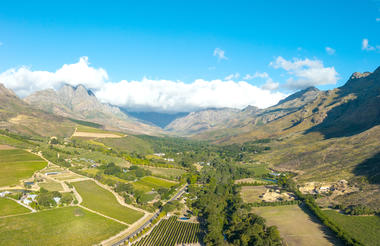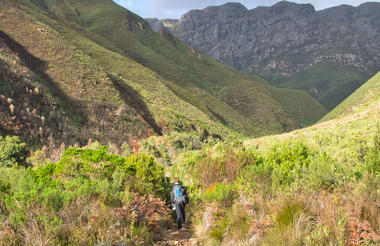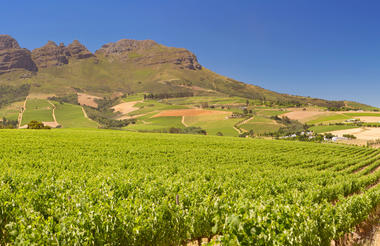The Western Cape, arguably the most scenic and varied of South Africa's nine provinces, serves as a major drawcard for visitors to South Africa. Located in the southwest corner of the country, the province is blessed with stunning coastlines, breathtaking mountains, indigenous forests, historic wine estates and scorched stretches of strikingly beautiful semi-desert. Visitors can enjoy everything from the magnificent city of Cape Town with its iconic Table Mountain and gorgeous surrounding Winelands, to the exhilarating outdoor activities and spectacular natural scenery of the Garden Route, as well as the fynbos-covered sand dunes, sun-bleached beaches and remote fishing villages of the lesser-explored West Coast region. The Western Cape has just about everything that the rest of the country can offer, all rolled into one easy explorable destination.

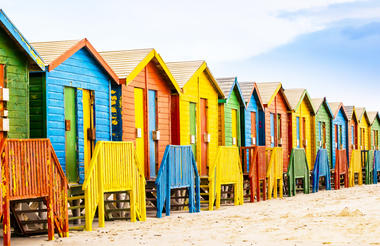
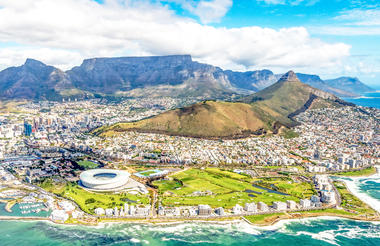

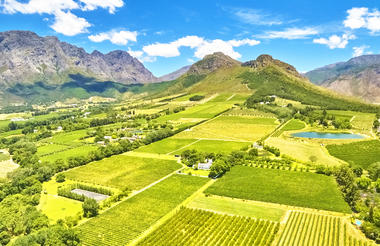

The West Coast of South Africa is almost startlingly different to the rest of the country and for that reason is well worth exploring. With a number of National Parks, and game reserves, the West Coast is able to match any wildlife enthusiast’s need for spending time among the fabulous wild creatures for which South Africa is famous.
The West Coast National Park lies Inland from Saldanha Bay and the crashing waves of the Atlantic Ocean. It has 3 distinct sections, each with its own unique delights. With the azure blue Langebaan Lagoon, the white dunes, unspoilt golden beaches, sheltered islands, rare fynbos, green wetlands, and salt marshes, this National Park has its own unique flavour. In fact, no other South African National Park has one quite like it.
Delve back into the past at the Khwa Ttu San Heritage Centre, the West Coast Fossil Park and with the guided Lighthouse Tour at Cape Columbine Nature Reserve.
Explore the tastes of the West Coast at the Geelbek Restaurant, a beautifully restored Cape Dutch building which is now a national monument but was once as an outpost for people on their hard and difficult journey inland. In fact, Foodies are spoilt for choice on the West Coast. Take Paternoster, for example. Famous South African chefs have their home here, and it’s not surprising when you consider that this small town has excellent restaurants, some right on the beach, serving sublimely fresh and tasty seafood. Lobster, herring, mussels, snoek, oysters, and pilchards either caught in the cold Atlantic or farmed in the nearby Langebaan Lagoon. The lobster is so delicious that it is exported to France. A well-known delicacy is bokkoms – whole, salted, and dried mullet. Sometimes the fish is smoked, and Paternoster is the best place to try this ‘fish biltong’.
Then there’s the craft beer on tap from the carbon neutral, family friendly, Darling Brew, famous for their ‘slow beer’ which is not only the name of the slow fermentation process but also their first beer, and their philosophy.
Die Swartland area of the West Coast is a beautiful farming area. It has soft, undulating hills of a countryside dominated by wide, sprawling, fields of wheat, encased by mountain ranges. With the ripe yellow wheat fields are intercut by thriving vineyards, fruit-heavy orchards, olive plantations, and rooibos and vegetable farms interspersed with wilderness and quaint farm villages, it is a wonderful counterpoint to the rugged, windswept, almost barren beauty of the coast.






Stellenbosch, 50 kilometres east of Cape Town, lies in a sheltered valley surrounded by unforgettable mountains. While it is the second oldest European settlement in the Western Cape after Cape Town, people had lived here as far back as Paleolithic times.
After its discovery, Stellenbosch was quickly identified, thanks to its Mediterranean climate of hot dry summers and cool wet winters with great potential for agriculture, as a place to settle. Lying at the foot of the Cape Fold mountain range, the rich soil was responsible for producing vegetables to sustain the Dutch East India merchant ships en route to other Dutch colonies in the East. Stellenbosch soon became a bustling town.
Good wine was also soon in demand and vines were planted by Huguenot refugees fleeing religious persecution in Europe in 1690. Stellenbosch quickly became the primary location for viticulture and viticulture research. The South African wine industry now produces about 1,000,000,000 litres of wine annually. As part of the Cape Winelands, the Stellenbosch Wine Routes are part of the six most popular tourist attractions in South Africa and are also connected to the global Great Wine Capitals Network.
In 1710, most of the town, including the church, was destroyed by a fire. The earliest building still standing in the area dates back to 1689. The church, known as the Mother Church, was rebuilt in 1723. In the early days of the Second Boer War, Stellenbosch was a British military base.
The opening of the Dutch Reformed Church theological seminary in 1859 was the first educational institution. Rhenish Girls' High School, established in 1860, is the oldest girls’ school in South Africa. Victoria College became the University of Stellenbosch in 1918, and is one of South Africa's leading universities, an internationally recognized education centre and one of the leading universities on the African continent. It is also one of two learning centres in South Africa training wine makers. Its Department of Electrical and Electronic Engineering is the only university department in the southern hemisphere to have successfully built and launched a communications satellite, Sunsat, which orbited the earth for 3 years.
The historical atmosphere of the town is tangible. The buildings reflect over three centuries of occupation, including Dutch, Georgian and Victorian architecture always surrounded by the dramatic mountainous backdrop. A myriad of museums and places of interest are found along the oak-lined streets.
